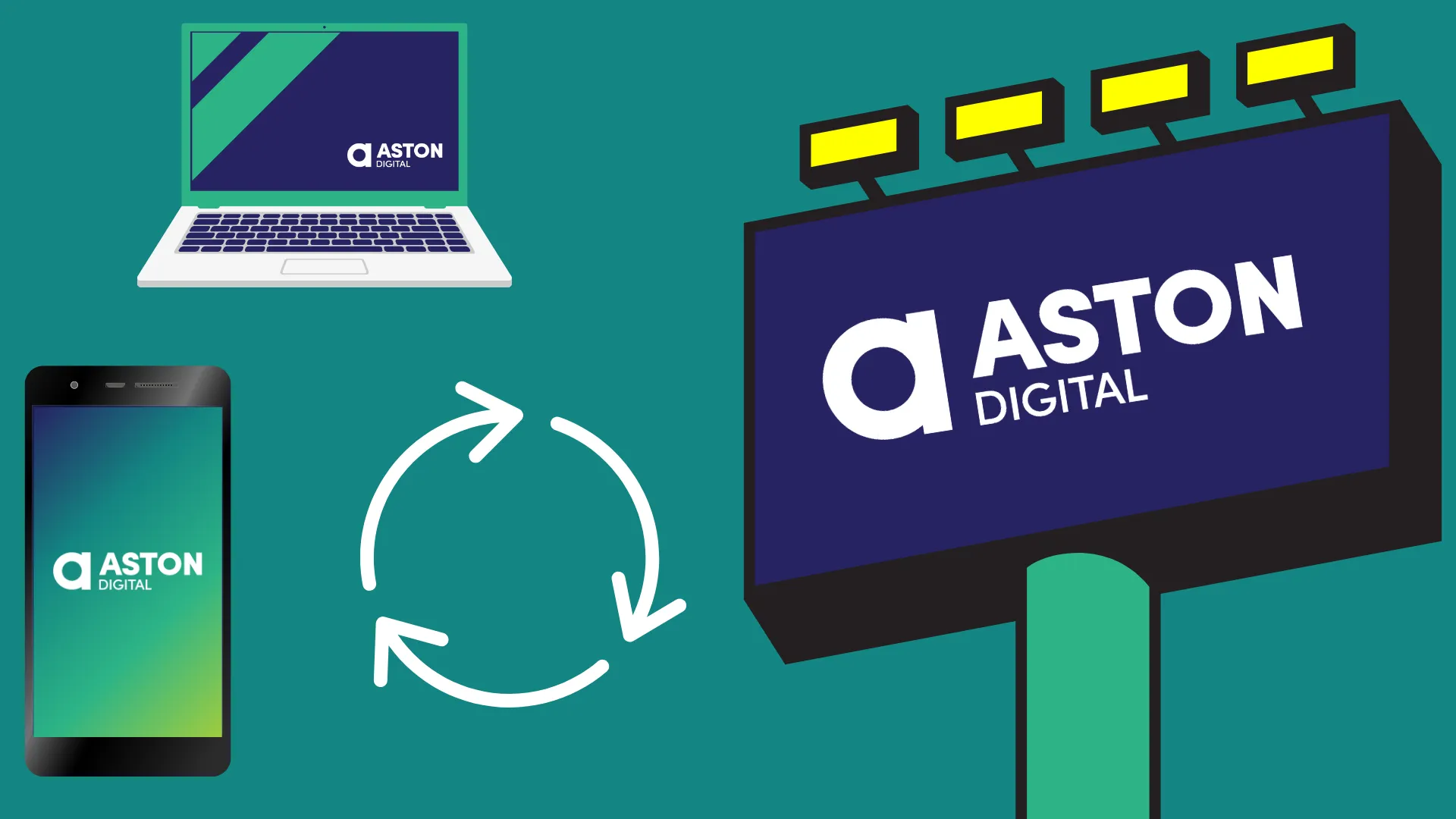Social media is one of the essential elements for success in business. When a company has a strong social media plan, the pathway to success is clearly defined.
One thing that separates a strong social media strategy from others is the fact that there is a plan for the future. . A business owner should always have a plan for the future when it comes to their business – social media optimization is the same.
With that in mind, a business should follow these ten steps to create a 60-day Social Media plan that works to improve their standing in the marketplace.
10 Steps to Follow to Create a 60-day Social Media Plan
- Research the market that the business is targeting. The execution of this step is crucial in the first seven days. Knowing the market behavior and how they react to specific products is one of the most critical first steps that a business owner must take. This allows them to check the competition as well.
- Review the social media platforms where the target market is present. Schedule a seven day research project focused on what social media platforms the business can use to reach the target market. Is the market on Instagram? Is the market on Twitter? Is the market on Facebook? Once the business owner knows what the market is all about and where they are, targeting the market should be a fundamental component of the social media plan
- Study the social media platform and know the INS and OUTS of the platform. This step is very important. Before getting into the water, the business owner must first check out the temperature of the pool, how they can get out of it, and how deep it is. It is imperative to make sure that the business knows how to adjust to the market.
- Know the keywords that you need to target. By the 15th day, the business owner should know what they need to do and have strategies as this allows the social media strategy to be implemented. What does the market type as a keyword when they are in search of the product? What type of questions does the market ask to get information on your product or how to use it? Knowing the answer to these questions allows the business owner to fully understand the market reaction and their behavior. Knowledge of your target market’s behavior will ensure optimum interaction with your market. .
- Start creating social media posts and post them. To properly do social media optimization, day 16-45 should be all about publishing and creating great content that will provide useful information to the market in the way that they need it. This information must be consistent. The business owner should always build a community where they are the primary source of information for the market. Once the business can do that, there should be success with reaching the market. This step is the best possible way that the business owner can potentially keep the market share.
- Check the reaction of the community and always interact with the market whenever necessary. This step supports the creation of social media posts. As posts are launched, there will be both positive and negative reactions to the content. Planned and timely interaction with the community to build on positive reactions and deal with negative ones will build the company’s integrity.
- Include some paid advertisements and test the market. Now that you are creating posts, you can get more people involved with the business. By the 46th day, you are able to post advertisements to target the specific market that you are aiming for. This kind of paid advertising is available on most of the platforms. They also offer targeted demographics, so it is easy for business owners to use. . Here, the business owner must know the budget and stick to it. The budget is one thing that should be foremost in planning and implementation.
- Have a raffle to acquire customers. The lottery could be in the form of some free products given to the audience. Whatever it is, the business will benefit from providing some freebies so that they can get to the market; as everyone always wants to get something free out of social media.
- Continue posting on social media. On the 50th day, the business should continue posting and continue what they are doing with the market if it is working.
- Evaluate the costs and the earnings and assess the effectiveness of your social media plan. . Finally, to gain an overview of the big picture and to know what is required to maintain and develop the targeted market the business owner must evaluate the social media plan. This process of evaluation should be from the 57th to the 60th day.
Once the business owner has completed these steps the next thing they must be able to do is to keep on doing the great things that work for the business and let go of the ones that do not.
For the next cycle of 60 days, the owner can do other kinds of social media strategy that they think will work for their business and the product that it is trying to sell.
Now that you know the top reasons to create an excellent social media optimization plan, it is important always to have another one after this. The project shown above is just a small first plan. A strategic business owner knows that they should have at least a year’s worth of planning in operation at all times
If you are unsure of how to go about your strategy, you can check out Aston Social and the social media optimization that it has to offer.

Google has started rolling out its brand-new AI Mode in countries like the United States, India, Canada and even New Zealand - but not yet in Australia. [...]

For years, Search Engine Optimisation (SEO) was the golden rule of digital marketing. Optimise keywords. Earn backlinks. Climb the rankings. But the way people find answers is [...]

A billion searches were made on ChatGPT last week alone. Now, OpenAI is turning those queries into a powerful new retail experience. ChatGPT recently launched its AI [...]

Google’s AI Overviews are reshaping search by pulling answers from the places people are actually talking: Reddit, YouTube, Quora and other community-driven platforms. According to new data [...]

Google has started rolling out its brand-new AI Mode in countries like the United States, India, Canada and even New Zealand - but not yet in Australia. [...]

For years, Search Engine Optimisation (SEO) was the golden rule of digital marketing. Optimise keywords. Earn backlinks. Climb the rankings. But the way people find answers is [...]

When you see a paid ad, nine times out of ten, you're probably not clicking on it. Instead, you'll likely hop over to Google, search the brand [...]

In digital advertising, audience targeting has always been both an art and a science. But what if the science just got smarter - a lot smarter? We’ve [...]

With attention spans getting shorter and competition fiercer, brands are constantly searching for that magic formula to stand out. But the answer isn’t always a bold campaign [...]

A billion searches were made on ChatGPT last week alone. Now, OpenAI is turning those queries into a powerful new retail experience. ChatGPT recently launched its AI [...]

Google’s AI Overviews are reshaping search by pulling answers from the places people are actually talking: Reddit, YouTube, Quora and other community-driven platforms. According to new data [...]

We recently posted a simple promotion on a client’s social media account. It was about a niche product - nothing flashy, not designed to go viral, just [...]

Starting July 10, 2025, public posts from professional Instagram accounts will start appearing in Google search results. That means your photos, Reels and videos could soon show [...]

One of the most common concerns we hear from clients is: “I feel like we’re repeating ourselves too much.” They worry that saying the same message more [...]

